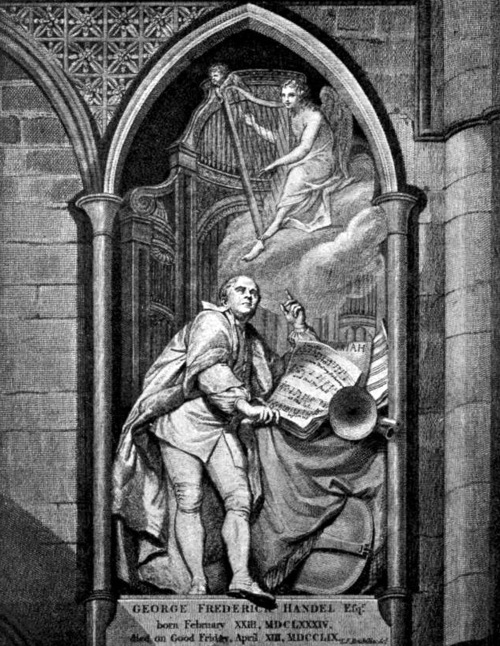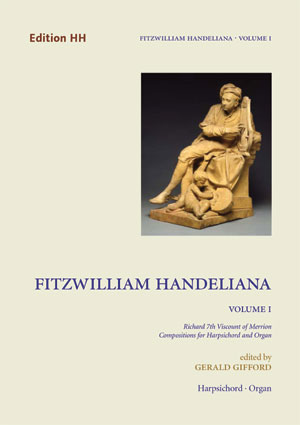
With the assistance of the Cultural Foundation of the German Federal States, the State and University Library of Hamburg (SUB) has acquired 44 handwritten letters and postcards from Johannes Brahms to Friedrich Chrysander, 33 of which were previously unknown. The documents were in the possession of descendants of Chrysander, who was a pioneering musicologist and Handel researcher, and deal with, among other topics, the collaboration between him and Brahms on the complete edition of Handel’s works. The Brahms archive within the SUB is one of the four largest Brahms collections in the world.
In addition, the SUB acquired, again with support from the Cultural Foundation, a manuscript score with the choruses from Handel’s oratorio Messiah in a previously unknown German translation. The Messiah was premiered in English in Dublin in 1742; performances with German-language texts only took place in Germany from the 1770s onwards. These spectacular documents of music history were purchased at auctions in London, Handel’s long-time place of work, and have now been transported to Hamburg, the birthplace of Johannes Brahms.
This according to MGG Online.











